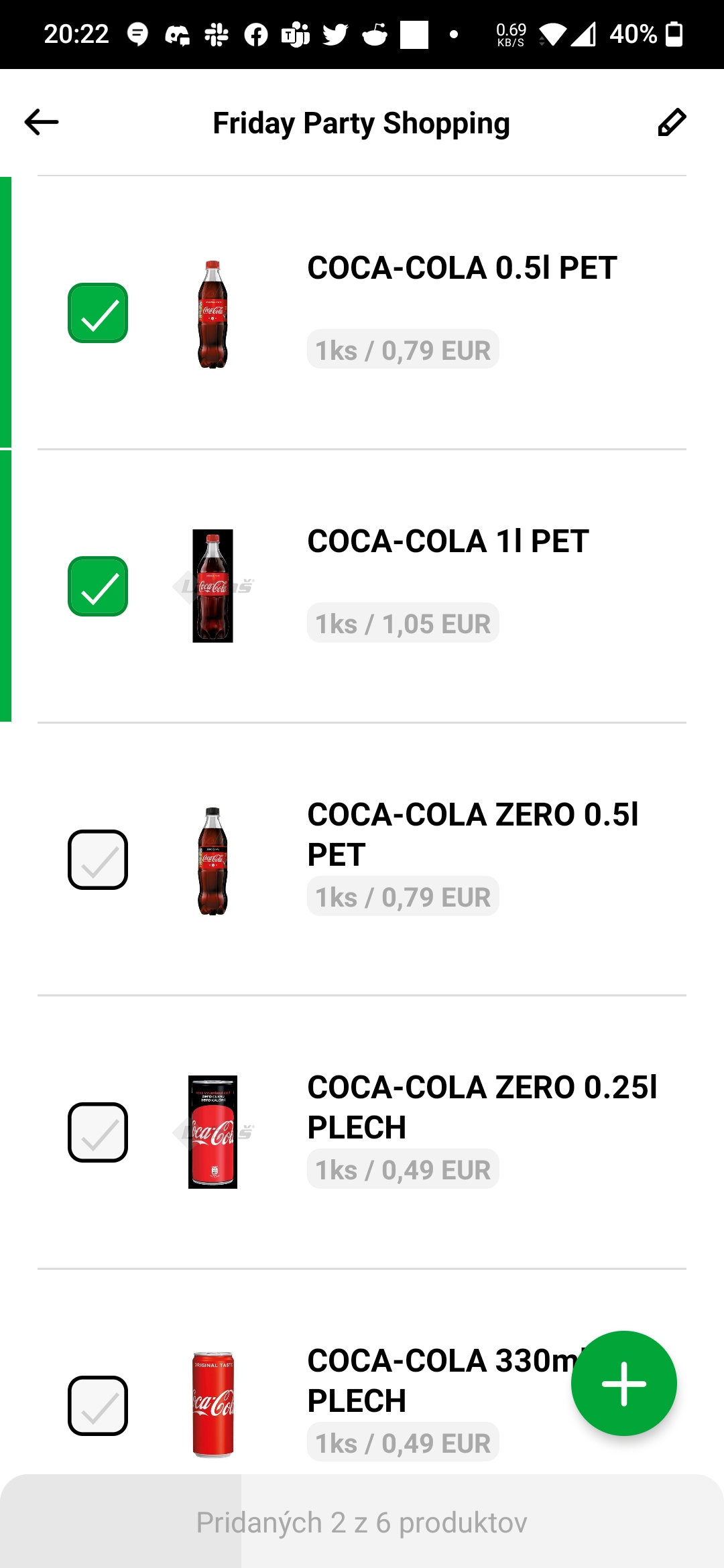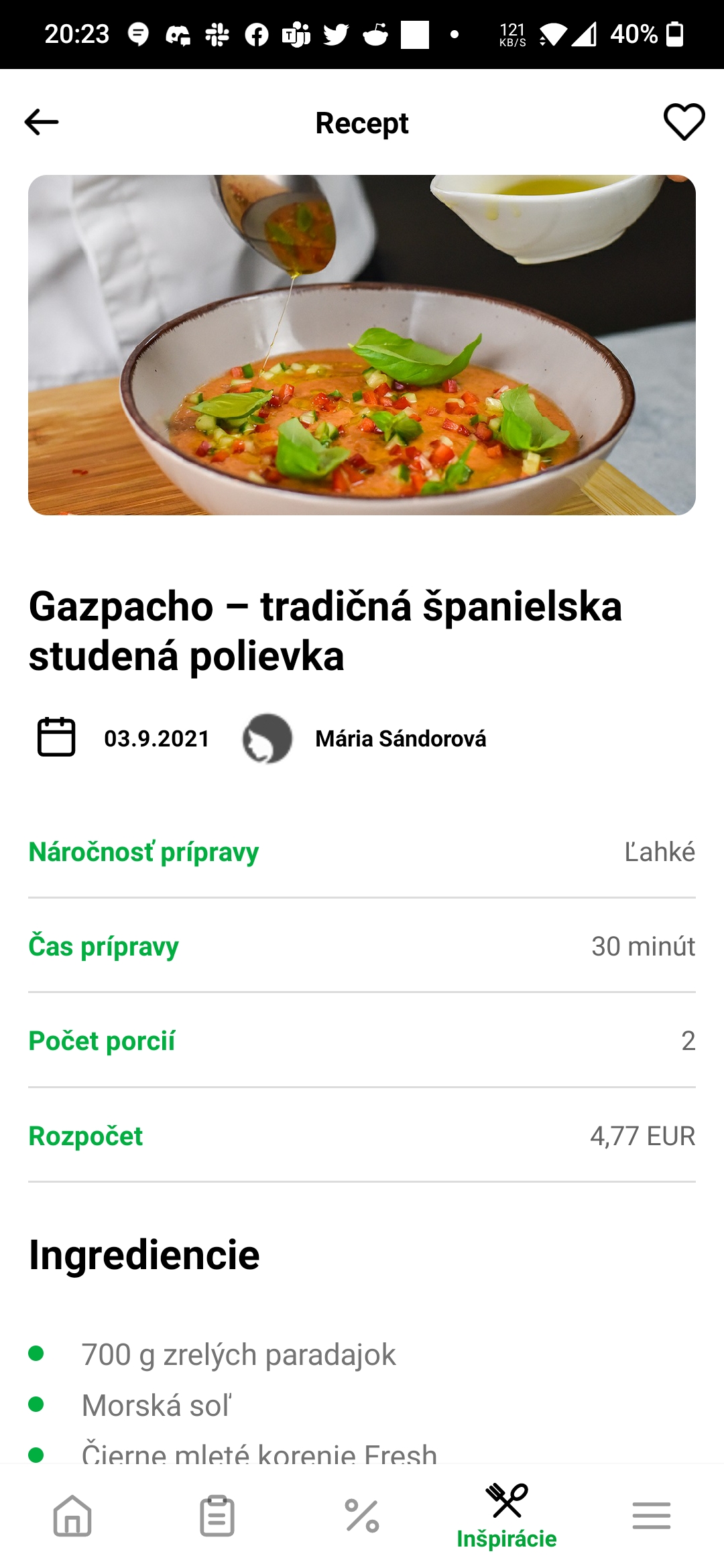Task
CONCEPT
CUSTOM APPLICATION:




Case Study:
While there are an abundance of recipe and food apps that recommend recipes based on your food stock, these apps force you to manually enter your stock which is not user-friendly. As your grocery store, however, we are able to automatically generate a user’s stock purchased while in our store.
Using this information, we created a machine-learning algorithm to help build a virtual refrigerator for every customer, allowing us to keep track of what customers are eating and how long their stock lasts. At the beginning of the project we made our newsletters smart–We started sending personalized newsletters to our customers with 3 sections:
- Products you are likely running out of (Example: You buy 12 packs of yogurt every week and you’re likely on your last one)
- New products from categories you frequent (Example: We know you buy banana ice cream and there’s a new brand selling a similar product that you should try)
- Long-forgotten items (Example: You bought an item 3 times a year ago, perhaps you should try it again)
These newsletters immediately achieved higher engagement rates and helped us to get closer to customers.
Another step was to create personalized recipes. We purchased a recipe database and matched ingredients to our products. Based on this we were able to provide customers with recipes you can create from ingredients you already have. We also take into account the customer’s diet, be it paleo or vegan. This helps us with the most important step–Recommending recipes we believe the customer will enjoy. We found that recommending the purchase of parmesan and onions is far less engaging than recommending Pumpkin Risotto for dinner knowing you would only need to purchase 2 additional ingredients.
Grocery stores often sell or give away recipe books, but they are the same for all the customers. Thanks to the data we harvested we are now able to offer the customers kiosks in-store where they can print a recipe according to their customer profile, along with a shopping list of the additional items they will need to create the recipe. Now, they are able to build a personalized recipe book.
Thanks to all of the above, customers started preferring to do all their food purchases at Fresh Groceries because it helped them have an up-to-date virtual fridge. While they can shop for discounted ingredients at other stores to save a few dollars, they would have to think about what they want to cook and what additional ingredients they would need. We had created a dependency on needing to shop at one store, our store. We helped the grocery store chain to adopt the same model as Apple has—Its own ecosystem.




